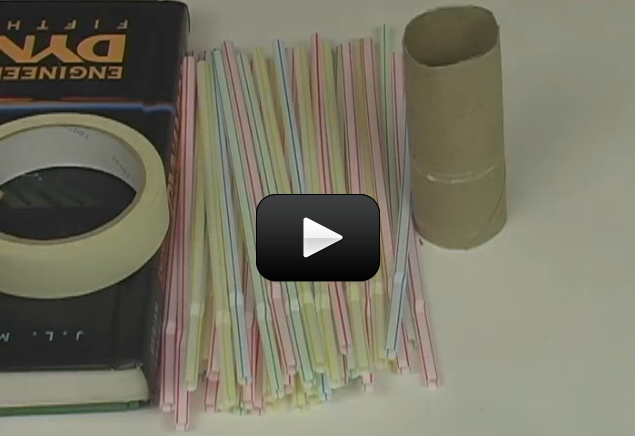The skeleton is your body’s internal supporting structure. It holds everything together. In addition to providing support, bones act as shock absorbers when you jump, fall, and run. Bones have big responsibilities and so they must be really strong. They also need to be arranged properly for the best support and shock absorption.
In this experiment, we will look at the internal arrangement of the bones holding together your body.
Please login or register to read the rest of this content.


We completed the lesson, which was a good demonstration, but where is the answer to #2 found? We did not see the answer given in the key in any of the reading. Thanks!